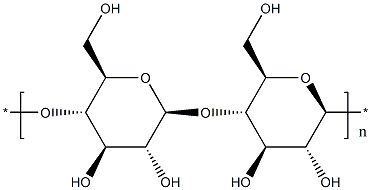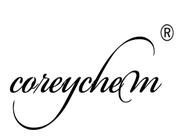Cellulose microcrystalline
$ 3030.00
/25KG
- Min. Order25KG
- Purity99%
- Cas No9004-34-6
- Supply Ability20T
- Update time2019-07-06

career henan chemical co
VIP8Y
 China
China
Enterprise Verified
Business Bank account
Basic Contact Infomation
Business Address
Trade Company



Chemical Properties
| Product Name | Cellulose microcrystalline |
| CAS No | 9004-34-6 |
| EC-No | 232-674-9 |
| Min. Order | 25KG |
| Purity | 99% |
| Supply Ability | 20T |
| Release date | 2019/07/06 |



